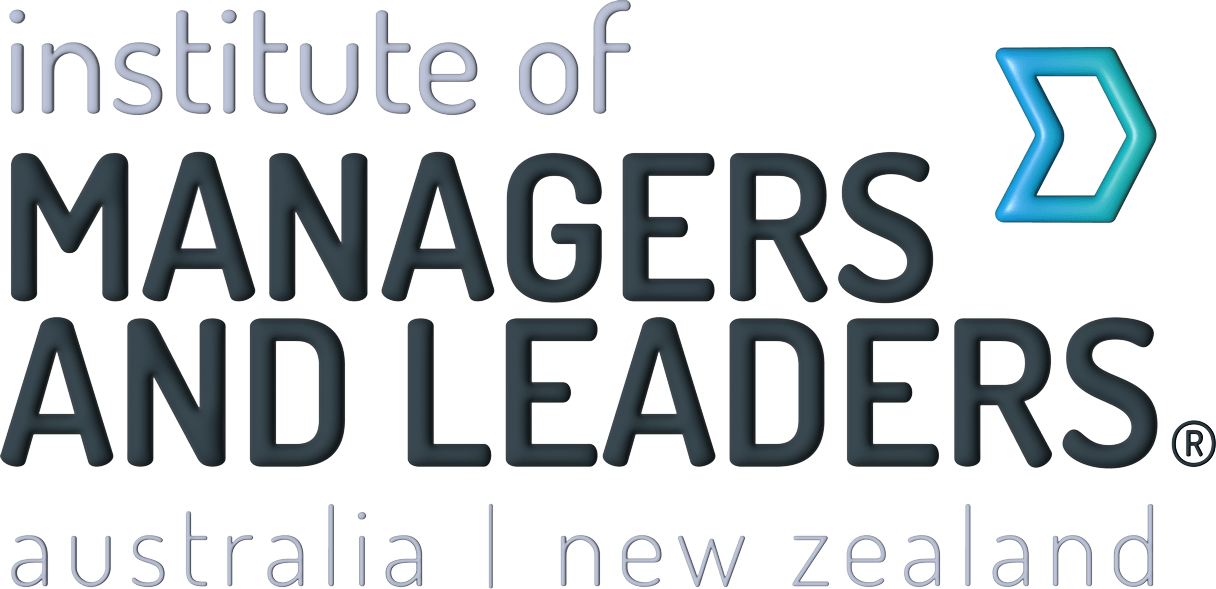Australia’s productivity growth is at historic lows and understanding the economic forces behind this is critical.
At a recent IML member event, economist Saul Eslake FIML outlined the levers that could help improve productivity from within organisations and across industries.
1. Lifting productivity within organisations
The first lever is the most familiar: improving productivity inside a business. This is the daily work of leaders, finding more efficient ways to deliver, reducing costs, adding value, and drawing on the ideas of their teams. Saul’s message was clear: productivity doesn’t come from management alone. It thrives when leaders actively listen to employees on the front line, whose insights often reveal opportunities and challenges invisible at the boardroom level.
2. Moving resources from weaker firms to stronger ones
At the industry level, productivity rises when labour and capital flow from less efficient firms to stronger performers. This can occur when weaker businesses close, or when more capable organisations acquire and improve them through stronger leadership, better processes, and focused skills development. Saul noted that government policy plays a decisive role in this-through regulation, industrial relations, and competition laws that either accelerate or hinder the flow of resources to where they can deliver the greatest impact.
3. Shifting to higher-productivity industries
The third, and historically most powerful, driver is the shift of resources from low-productivity industries to higher-productivity ones. Saul pointed to the reforms of the 1990s, when reducing tariff protections allowed labour and capital to move from industries like textiles into sectors with greater productivity potential.
This reinforces a point we see in practice every day: leadership is the multiplier that turns economic insight into action. Productivity gains only materialise when leaders engage their teams, make informed decisions, and create environments where people can perform at their best. Strong leadership transforms strategy into measurable results.
The conversation with Saul also highlights the national dimension of leadership. With the Prime Minister and Treasurer hosting the productivity summit this week, the issue isn’t just about policy, it’s about ensuring leaders in all sectors are equipped to translate economic trends into tangible outcomes.
Leadership capability is central to Australia’s broader productivity challenge.
Investing in leaders, developing their ability to set direction, motivate teams, and make effective decisions, is one of the most practical levers available to improve productivity today. It’s how organisations can convert insight into action and ensure that broader economic strategies have impact at the operational level.
Take action on productivity through stronger leadership
At IML, we know that capable, engaged leaders are the key to lifting performance. Equip your managers and leaders with the skills to lead effectively and make a real difference.
Explore our leadership courses here.




